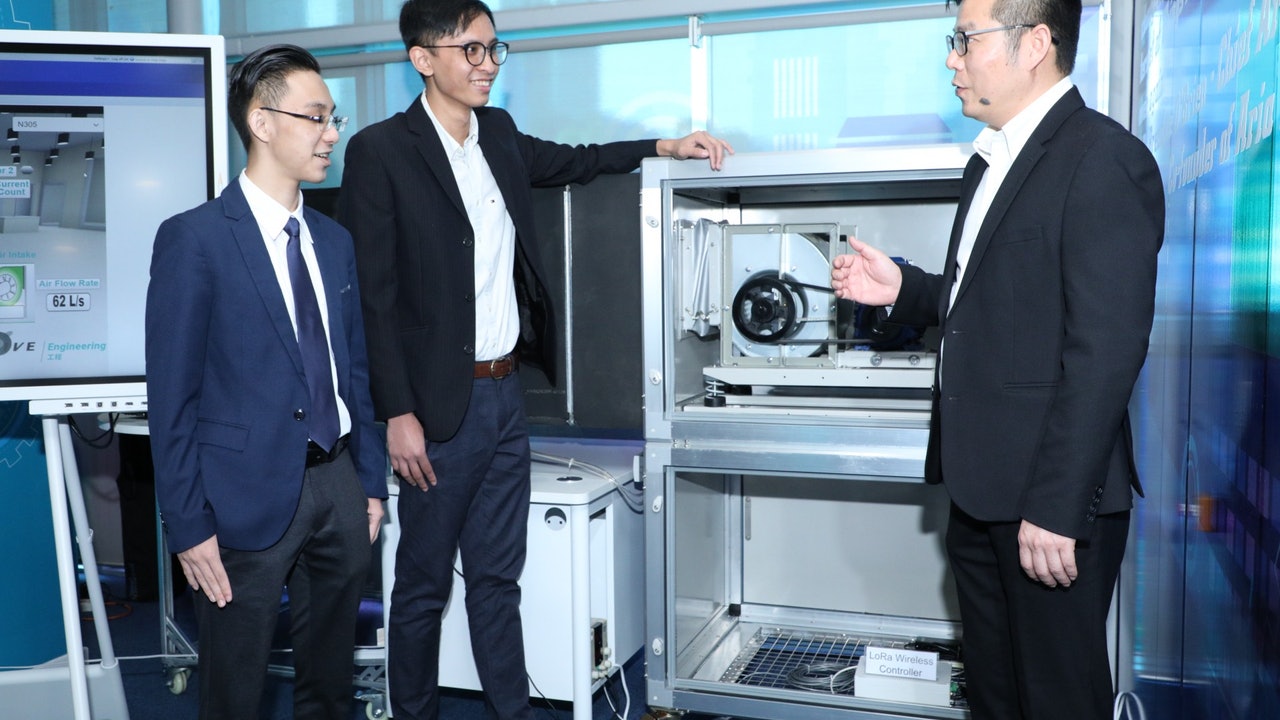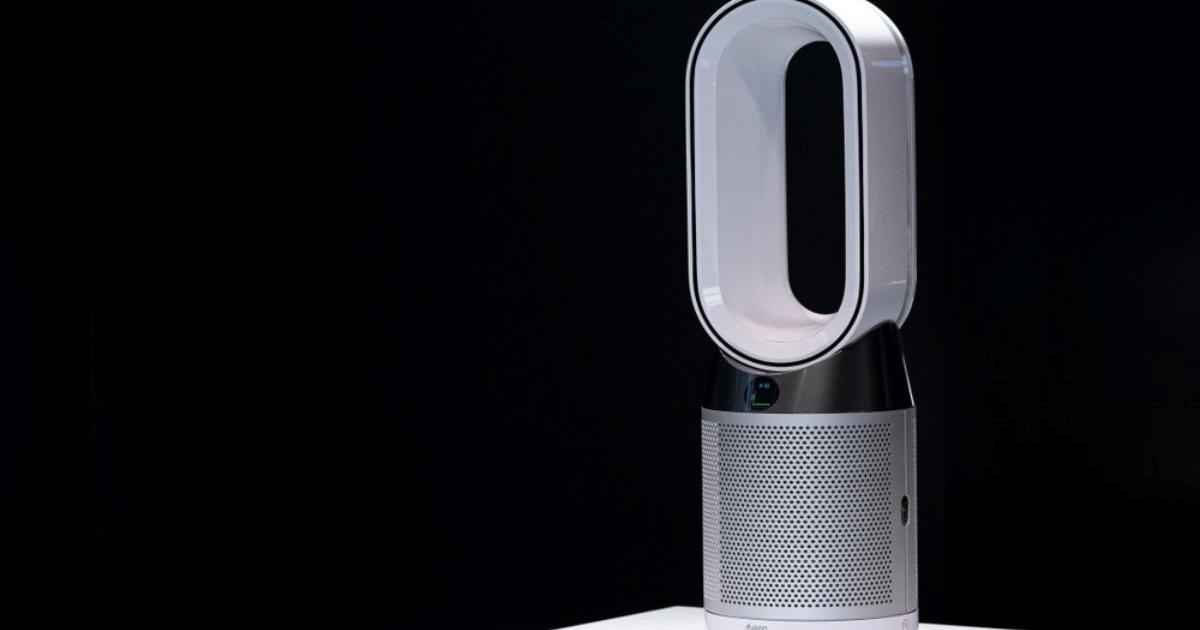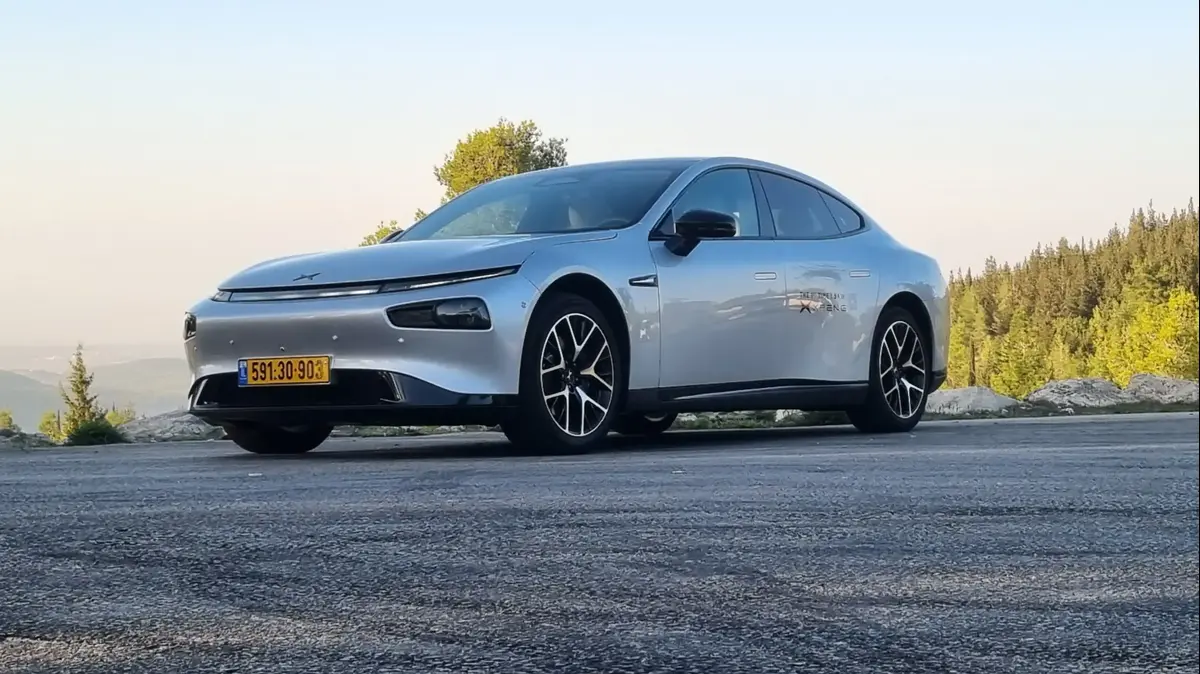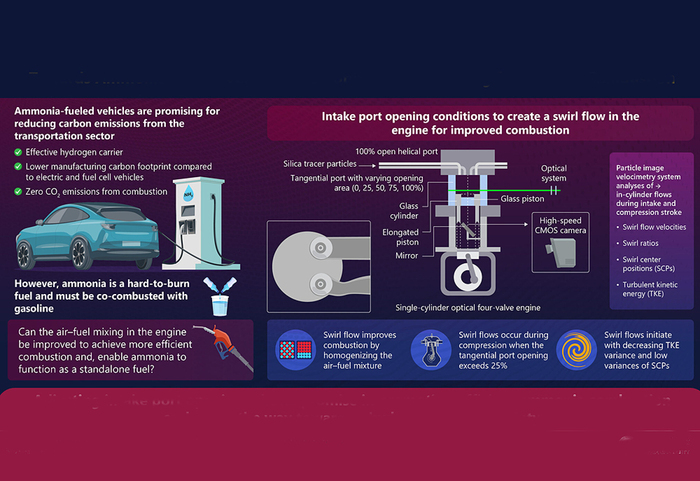Social News
Written by: Kuang Xiaobin
2020-10-21 07:00
Last update date: 2020-10-21 07:00
Under the new coronavirus pneumonia epidemic, government expert consultants Yuan Guoyong, Chair Professor of the Department of Microbiology of the University of Hong Kong, and Xu Shuchang, Chair Professor of the Department of Respiratory System at CUHK, both suggested that restaurants should increase ventilation equipment.
Among them, Yuan Guoyong believes that at least 6 air changes per hour, but the food industry generally believes that it is difficult to do so.
The engineering team of the Hong Kong Institute of Vocational Education (IVE) has recently developed a "Smart Ventilation Control System" by installing infrared scanners at the entrances and exits, and installing a controller host on the fresh fans, and then connecting various hardware with the cloud system to detect the flow of people and calculate Fresh air volume, thereby balancing energy efficiency.
The team pointed out that the system can control and adjust the fresh air volume. For example, it can control to the requirement of 6 air changes per hour. The cost of the entire control system is about tens of thousands of yuan, but the fresh air fan is not included.
A team composed of Acting Senior Lecturer Lai Shao-si of the IVE Engineering Department, Zheng Zijun, a second-year student of the Higher Diploma in Computer and Electronic Engineering, and Lu Kaisheng, a second-year student of the Higher Diploma in Building Services Engineering, recently developed the "Smart Ventilation Control System".
(Provided by interviewee)
Tens of thousands of yuan per group of equipment
A team composed of Acting Senior Lecturer Lai Shaoxi of the IVE Engineering Department, Zheng Zijun, a second-year student of the Higher Diploma in Computer and Electronic Engineering, and Lu Kaisheng, a second-year student of the Higher Diploma in Building Services Engineering, has recently developed a "Smart Ventilation Control System" that can monitor the flow of people in the indoor environment. Connect to the cloud system through the Internet of Things, adjust the air output of the fresh air system, and achieve better energy efficiency.
The team pointed out that the current shop generally monitors the level of carbon dioxide concentration to control the air output of the fresh air system. If the indoor space is too large and the carbon dioxide concentration sensor is insufficient, the system will not be able to adjust the fresh air volume according to the actual environment, resulting in energy waste.
The system consists of an infrared scanner and a controller host, and the cost is tens of thousands of yuan (not including the fresh fan).
According to the needs of different indoor environments, infrared scanners can be installed at the entrance and exit to transmit the flow data to the cloud system; after the cloud system analyzes the flow data, the air volume per person is calculated as the standard, and then the instructions are sent to the fresh fan The controller adjusts the air volume.
No need to purchase additional servers to use IoT control
Lai Shaoxi said that carbon dioxide monitors are less sensitive, and the use of IoT technology to monitor the flow of people can be more energy-efficient to adjust the fresh air volume. The relevant control system can adjust the number of air changes, such as 6 air changes per hour.
He said that the advantage of IoT control is that there is no need to purchase additional servers and can operate by connecting to the network cloud system, and the data traffic required by the system is not high, so there is no need to use the latest 5G IoT technology.
Lai Shao continued to point out that it is theoretically applicable to any indoor place, and the installation cost depends on the environment and the location of the indoor place. The relevant system has only been tested in the school laboratory and has not been tested on the market.
Associate Professor Mei Guowei of the Department of Building Services Engineering of PolyU received an interview with "Hong Kong 01" earlier. He said that installing a fresh fan ventilation system can indeed increase air exchange, but the cost may be as high as 100,000 yuan, and the electricity bill will increase by more than 20%.
He suggested that a carbon dioxide meter can be purchased for hundreds of yuan. In the long run, the government should provide subsidies for the installation of ventilation equipment and additional electricity subsidies for restaurants.
A team consisting of Kwong Wufeng, Senior Project Director of the VTC STEM Education Center, Wu Tingyue, a second-year student of the Higher Diploma in Rehabilitation Services, and Luo Zhaocheng, a second-year student of the Higher Diploma in Computer and Electronic Engineering, developed the "Smart Home Reconnaissance System".
(Provided by interviewee)
IVE Biotechnology graduates researched and developed to identify tree fungal species by testing soil DNA to aid diagnosis and treatment
IVE students design a U-shaped air trap for the elderly
New crown pneumonia | Tseung Kwan O IVE male diagnosed, has visited Tsim Sha Tsui bar, confirmed Thai female rework
In addition, a team consisting of Kwong Wufeng, Senior Project Director of the VTC STEM Education Center, Wu Tingyue, a second-year student of the Higher Diploma in Rehabilitation Services, and Luo Zhaocheng, a second-year student of the Higher Diploma in Computer and Electronic Engineering, developed the "Smart Home Reconnaissance System".
The system is designed for elders living alone. It monitors changes in the home environment by installing sensors at different locations in the home. Once an abnormality is found, the elders will be alerted to the risk of accidents at home with sound and lights, and family members or nursing care will be reminded via WhatsApp Personnel to ensure their home safety.
01News
Vocational Training Council of Hong Kong Institute of Vocational Education









